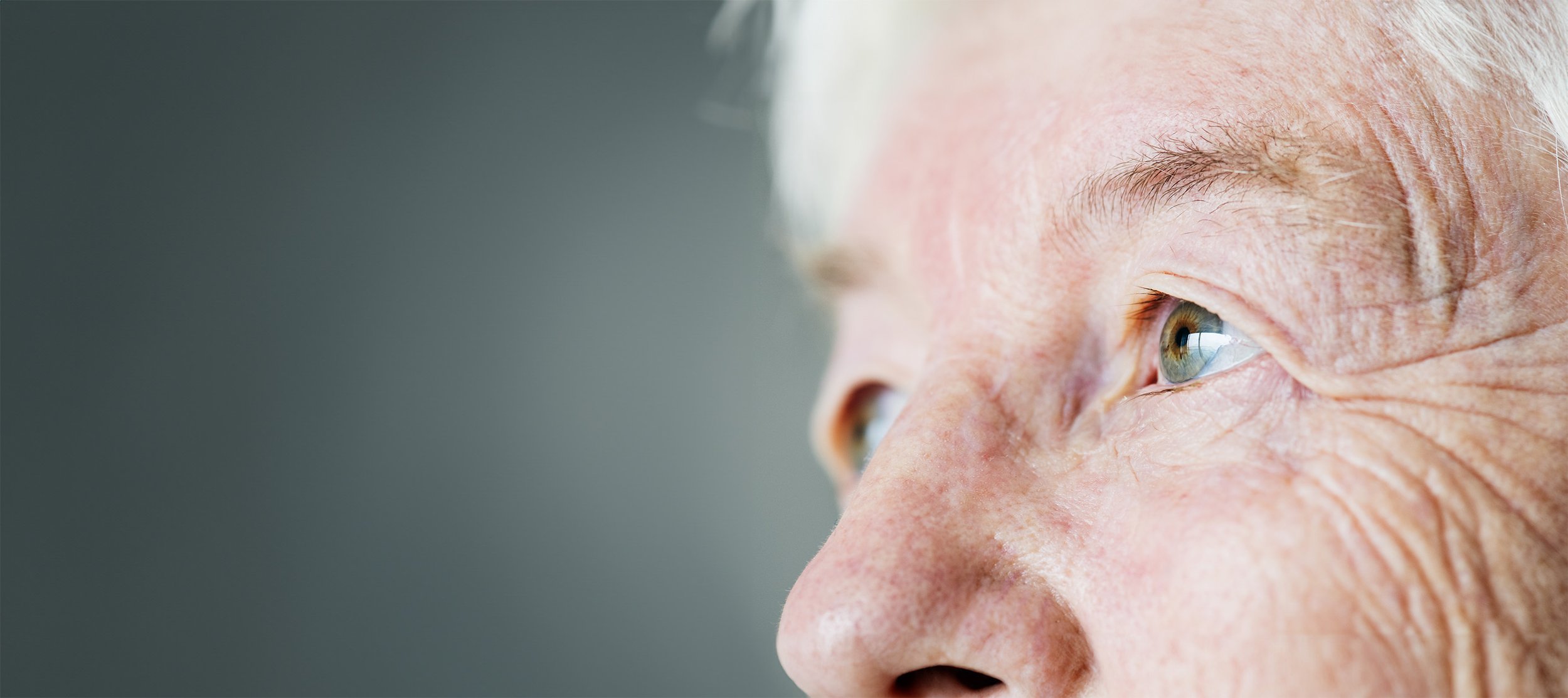Pterygium Surgery
What is a Pterygium?
A Pterygium is a benign red growth on the front of the eye. They are caused by UV light, dust, sand and salt water exposure so are very common with a Queensland lifestyle.
What is the treatment?
If the pterygium doesn’t bother you and isn’t increasing in size then removal may not be required. If it is causing irritation, affectively vision, adversely affecting the appearance of your eye or growing over time then it can be removed via day surgery. The use of sunglasses and avoidance of triggers such as salt, sand and dust can help prevent growth and redness of the pterygium.
What does Pterygium Surgery involve?
Pterygium removal is performed as day surgery and can be done with either local anaesthetic and “twilight” sedation or general anaesthetic. The growth is removed from the front of the eye. To prevent recurrence of the growth a small piece of conjunctiva (the lining tissue of the front of the eye) is moved from underneath the top eyelid to cover the removal site (conjunctival autograft). Dr Sharwood uses a modern “sutureless” technique to reduce the post operative discomfort and speed up the recovery time from this procedure
What is the recovery?
You will wear a patch on the eye for one day after surgery. There is mild to moderate discomfort of the eye for up to a week after surgery. It is recommended you take one -two weeks off work after surgery (depending on the nature of your work). Drops are used to reduce inflammation and promote healing for 4-6 weeks after surgery.
What are the risks?
The main risk of pterygium surgery is regrowth of the pterygium. The use of an autograft reduces the risk of this to less than 1 in 10. There is a small risk of persistent redness or irritation. Serious risks to your eye or vision are rare with pterygium surgery.

Need some care for your eyes?
Dr Phillipa Sharwood offers urgent care needs and is always ready to have a consultation to discuss your eyes.

